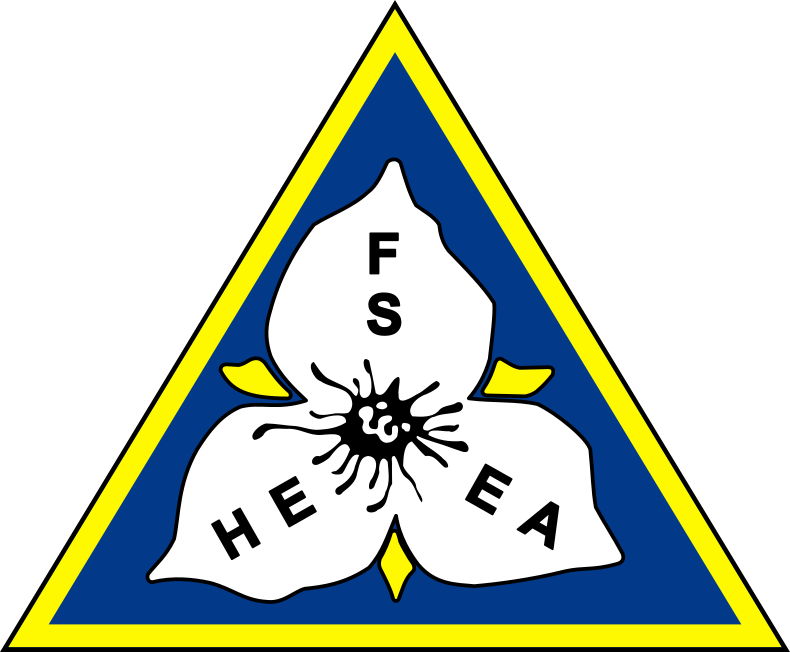What Impact Will Using Project-Based Learning (PBL) Have on Students?
Before addressing this question, it is important to understand “what project-based learning is—and what it isn’t”. The term “project- based learning” is often used very loosely in educational settings. For instance, when a teacher assigns a project with a unit culminating activity, they are in fact using “project-oriented learning”—which is quite different from project-based learning. The goal behind project-based learning is to always connect classroom learning to its applications in the outside world; when the project is based in the real world, addressing problems that people actually face, students are naturally invested. “If you inspire them to care about it and draw parallels with their world then they care and remember” (Schwartz, 2013). http://ww2.kqed.org/mindshift/2013/01/02/what-project-based-learning-is-and-isnt/
In project-based learning, students are required to inquire about a complex question, problem, or challenge. Through these projects, students learn key content and skills, such as critical thinking, team work, and communication. Project-based learning:
•is Intended to teach significant content
•includes critical thinking, problem solving, collaboration, and various forms of communication
•has inquiry as part of the process of learning and creating something new
•is organized around an open-ended driving question
•creates a need to know essential content and skills
•allows some degree of student voice and choice
•includes processes for revision and reflection
•involves a public audience
I was interested in finding some examples of how PBL works in the classroom. I conducted some research and found a resource through Buck Institute for Education: Project Based Learning for the 21st Century. Under the heading: What does PBL look like? It shows great examples of how PBL is used in a classroom. Here is the link: http://www.bie.org/index.php/site/PBL/web_resources/
I thought the video clips did an excellent job showing what PBL in action would look like. The students gained a deeper understanding of the concepts and standards at the heart of a project. The projects built vital workplace skills and lifelong habits of learning. The projects also allowed the students to address community issues, explore careers, interact with adult mentors, use technology, and present their work to audiences beyond the classroom.
In Family Studies we have the unique opportunity to use practical experiences to teach life-long lessons about food and nutrition, reading food labels, clothing, budgeting, shopping, living healthy, relationships with others, and so many other relevant areas in the Social Science and Humanities Curriculum. Project-based learning examples from a food and nutrition course may include:
1. Invite local retirement home residents over for a sit down meal with your students. This may do wonders for the students as they develop table manners around the elderly population and adults in general
2. You could try to grow an herb garden in your school and use some of the ingredients (parsley mint, onions, cilantro, etc.) for salads. Students learn to use ingredients they helped grow and now see the benefits. One of the initial projects for the class can be to go and buy seeds at the local garden shop.
3. Have students create a grocery list of and then give them a budget that they need to work with. Take them to the local grocery store and have them see how much they have to chunk off their grocery list to fit their new budget. For example, you can put students in groups of 4 and have them spend $20 to purchase ingredients for lunch for the four of them. Students can show their learning by reflecting on the difficulty in following a budget. It is an effective and eye opening experience.
4. Iron Chef Cook-Off–To understand the reasons behind colonization, you can explore the spice trade with your class. Students can participate in an “Iron Chef” competition where they each pick a spice important during the Imperial era in Europe, learn its history and then have a cooking competition featuring both the history of the spice and a dish. Other students can judge both the cooking and the content.
5. If you are examining the food guide and a balanced diet have students create a food diary. They would be required to record what they eat on a daily basis for a few days or a week. Have them determine how many food items from each food group they consumed each day. Have students create a menu for the next week that ensures they will be consuming a balanced diet. Ask students questions like: Did you consume a balanced diet? What could you change to make your diet balanced? Is there a pattern in what you eat? What factors must you consider when planning meals?
I found a great template that walks you through how to make our own project-based lessons. It provides some examples of lesson structure, assessments as well as guidelines that govern the planning. http://www.coloradoadulted.org/SS%20Lessons%20for%20Adult%20Learners/Curriculum%20Topics/lessontemplate.pdf
Project-based learning can motivate students who might otherwise find school boring or meaningless. Project-based learning is learner centered; it motivates students because they have more autonomy over what they learn. Scaffolding during the process is necessary and the practice of 21stCentury skills is key.
By: Roula Hawa, Future Directions and Membership

